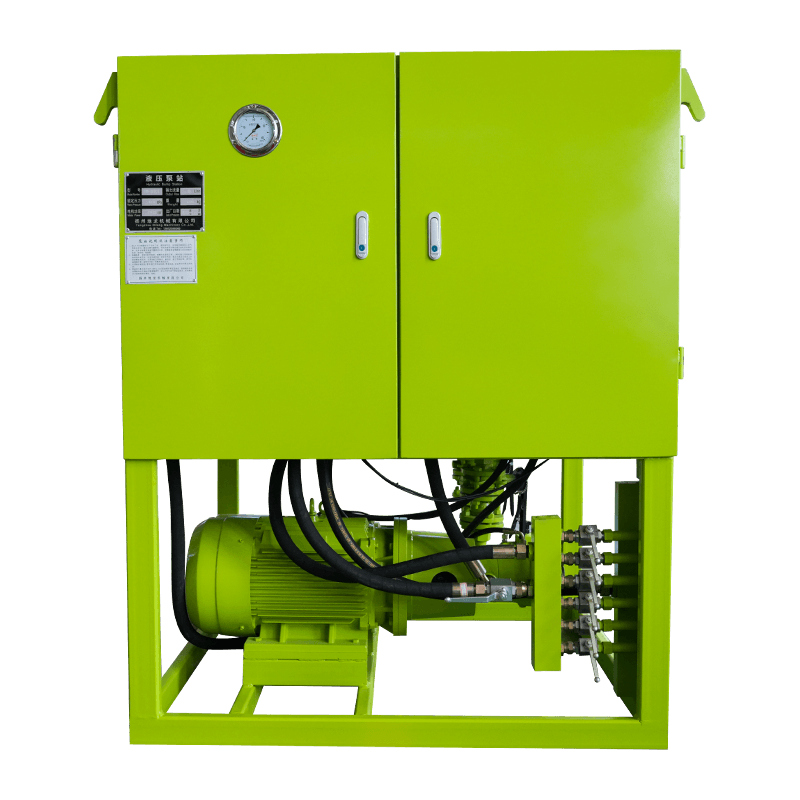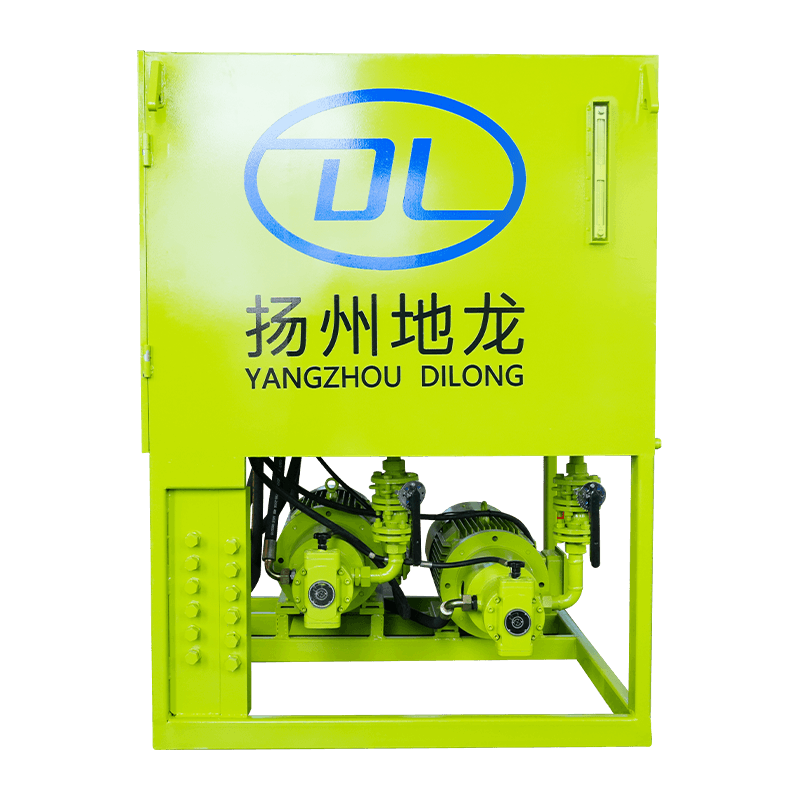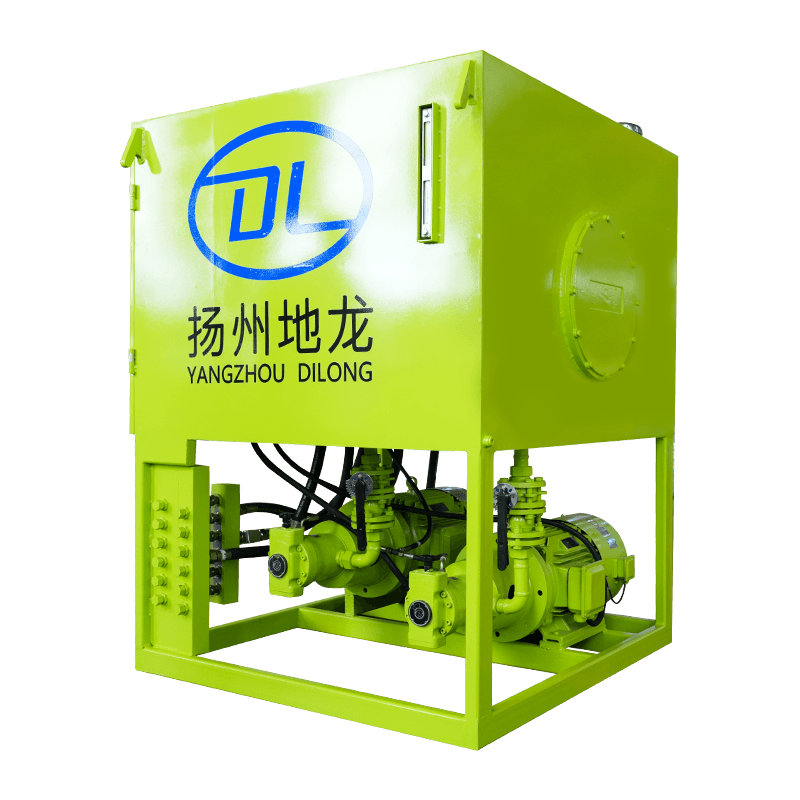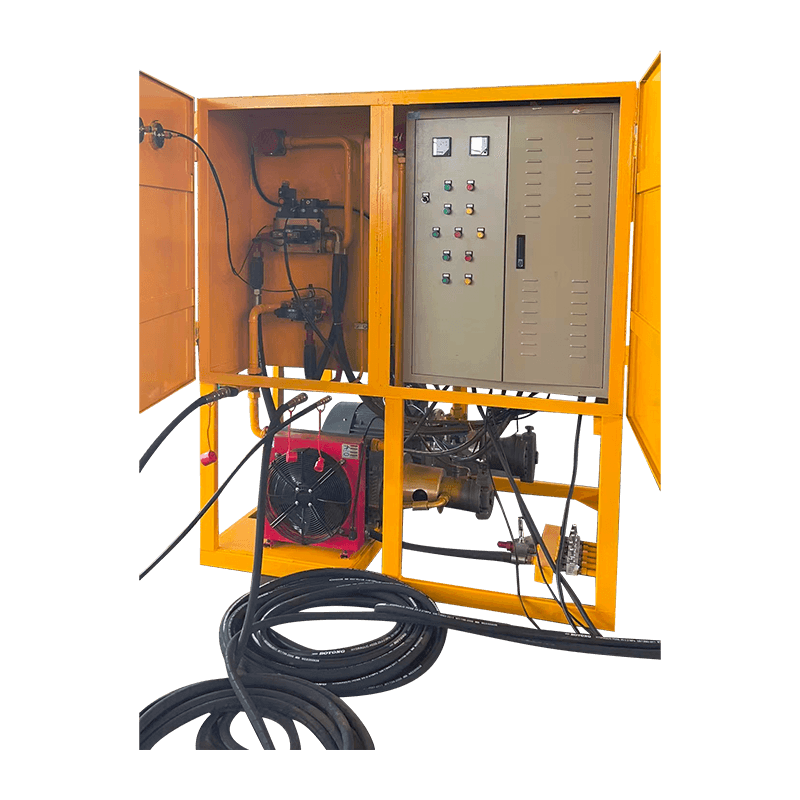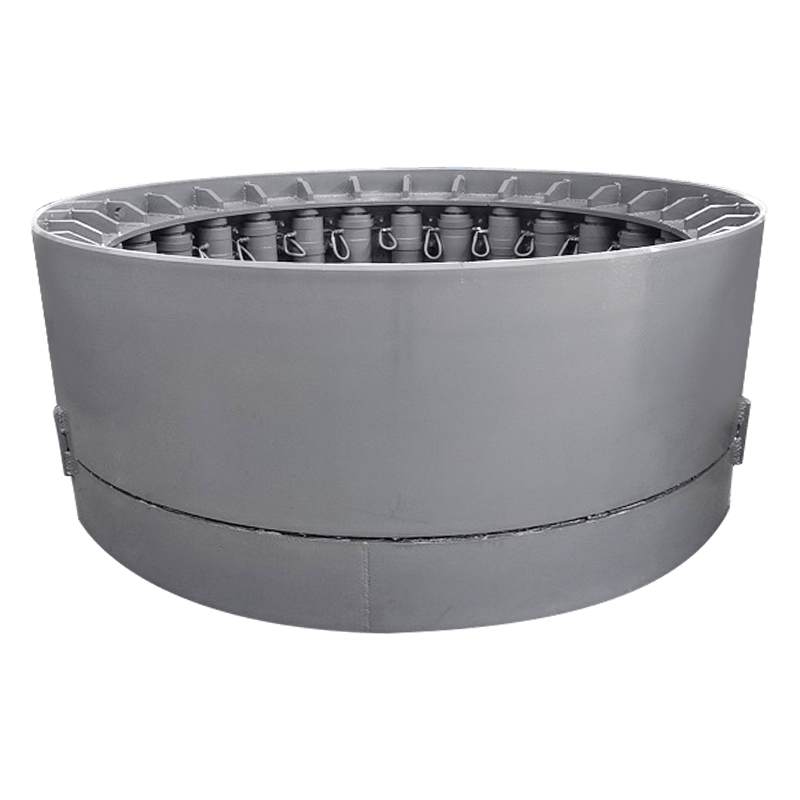Routine Maintenance for Optimal Performance
TBMs operate under some of the toughest conditions imaginable. The wear and tear on the machine’s components are inevitable, given the immense pressure and challenging environments they often work in. Regular maintenance schedules are essential to keep the TBM running smoothly and to avoid expensive breakdowns or downtime.
One of the most crucial aspects of TBM maintenance is the inspection and replacement of the cutting tools. These tools are the first to be impacted by the hard rocks or other materials being excavated. They must be checked frequently and replaced when necessary to prevent damage to other components, such as the machine's drive motors and hydraulic systems. The cutting head, located at the front of the machine, may also need to be adjusted or realigned during operations to maintain efficiency.
Another key maintenance area is the slurry or muck removal systems. Tunnel Boring Machine often use a slurry system to transport the excavated material through pipes to the surface. Over time, these systems can become clogged or less efficient if not regularly cleaned and maintained. Ensuring that these systems are kept in peak condition is critical for minimizing the environmental impact and maintaining optimal performance.
Safety Protocols and Hazard Prevention
Working with TBMs is inherently risky due to the machine’s size, complexity, and the underground conditions it operates in. Tunnel collapse, machinery malfunction, and exposure to toxic gases are among the hazards that can threaten the safety of workers. As such, robust safety protocols are paramount in every TBM operation.

Before starting a tunneling project, extensive geological surveys are conducted to assess the ground conditions. This helps operators understand the potential risks and adjust the TBM’s settings accordingly. For example, TBMs can be equipped with monitoring systems that detect changes in pressure, temperature, and soil composition in real time, allowing operators to make adjustments and prevent unexpected issues.
TBMs are also designed with safety features that protect workers from potential harm. Many machines are equipped with emergency stop systems that allow operators to halt operations immediately if something goes wrong. The use of remote monitoring technology has also increased safety by allowing operators to observe and control the TBM from a safe distance.
Furthermore, underground tunneling projects typically require a safety protocol that includes regular evacuation drills, gas monitoring, and emergency equipment placement. When working in confined spaces like tunnels, ensuring that every worker is trained and equipped to handle potential emergencies is essential.
The Future of TBM Maintenance and Safety
As the tunneling industry moves toward increasingly complex and large-scale projects, the need for advanced maintenance and safety technologies will only grow. Innovations such as AI-based predictive maintenance systems that analyze real-time data to predict mechanical failures are becoming more prevalent. These systems can detect early signs of wear and tear, allowing for preemptive repairs before major breakdowns occur.


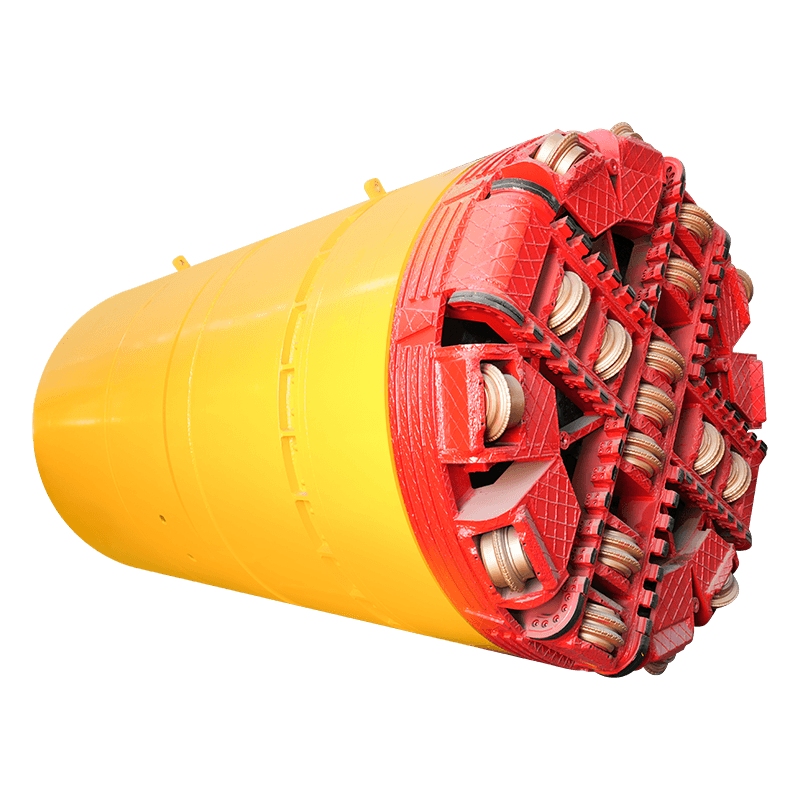



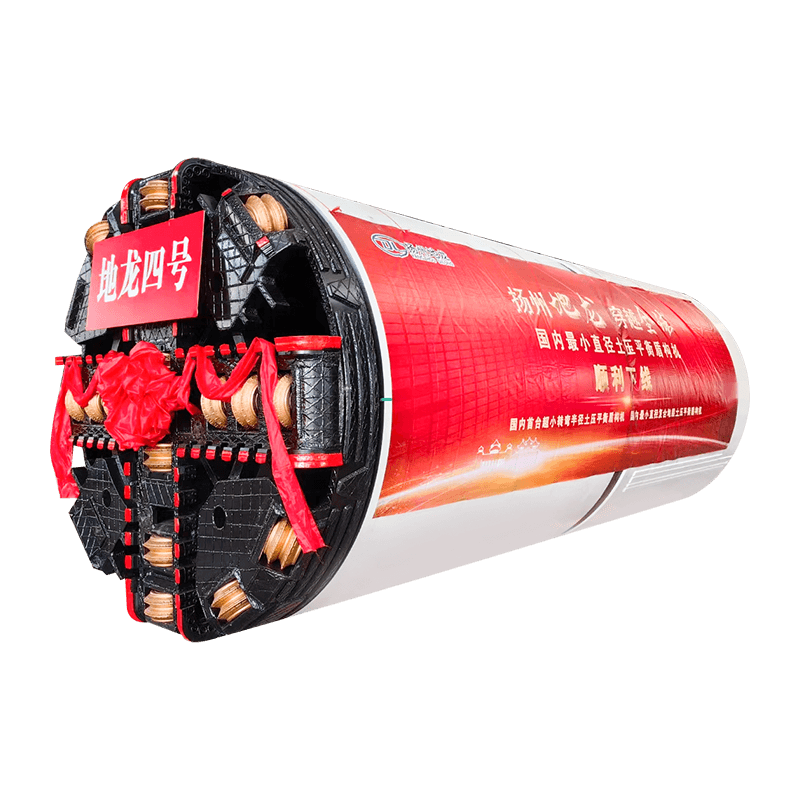

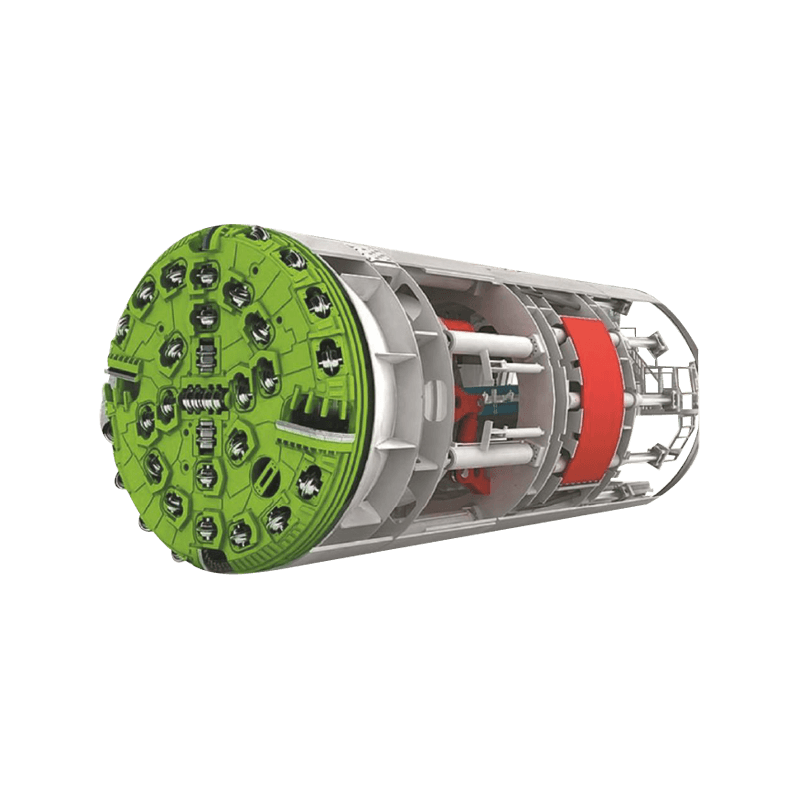
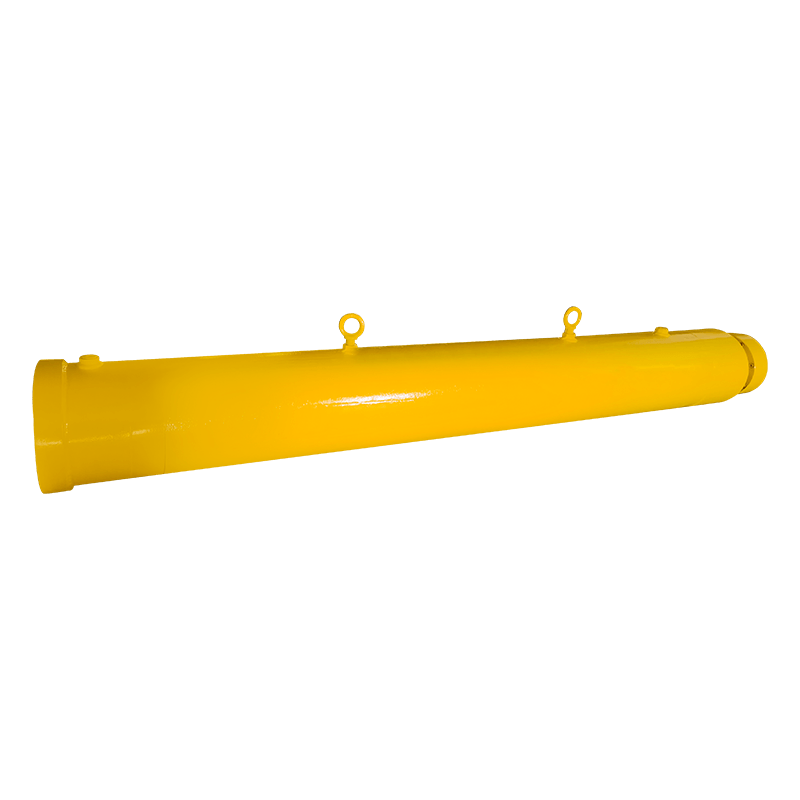



 English
English  русский
русский  عربى
عربى 